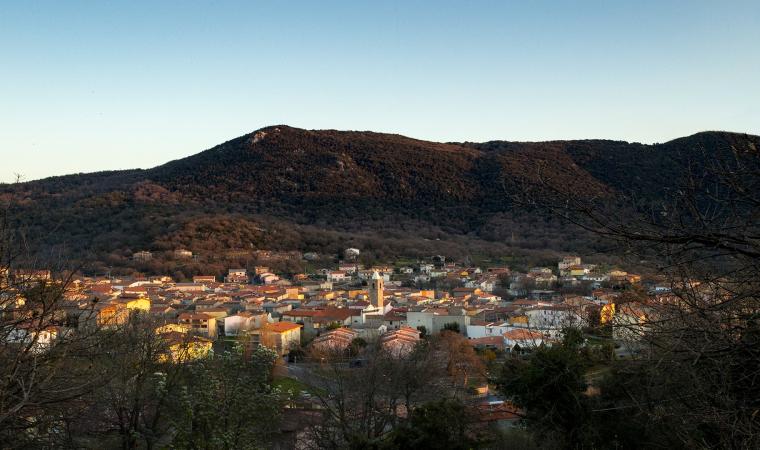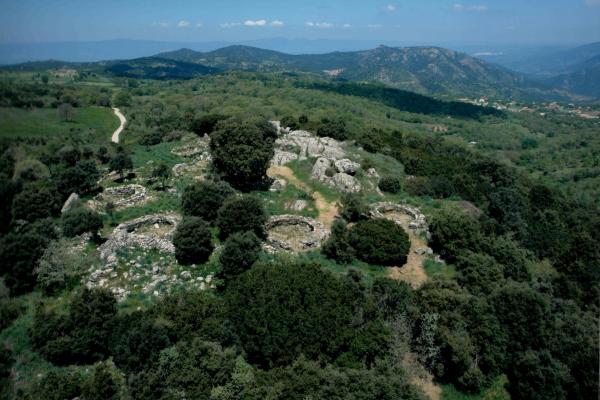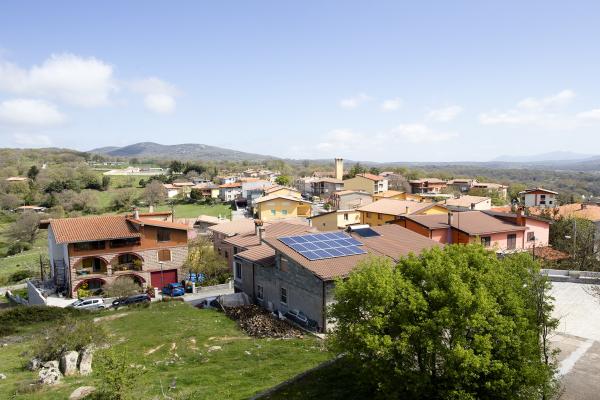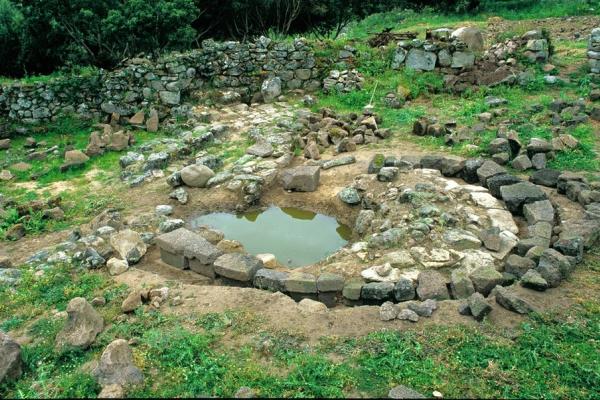The town is nestled among the foothills of Mount Orohole, in the heart of the Barbagia di Ollolai area, surrounded by the Gennargentu massif. Ovodda has a population of 1,600 and the local economy is based on agriculture and crafts; in particular, the processing of cork and high quality granite, quarried in sa ‘Orrada and su Ghirone. The rivers Tino and Taloro run through the territory before meeting in the artificial Lake Cucchinadorza (1960), set in green, natural surroundings that have made it a nature attraction to be explored along trekking, mountain bike and horse-riding trails. Above the lake is Sardinia's largest hydroelectric plant, built in an underground tunnel in the 1970s and connected upstream to Lake Gusana.

Town
A Barbagia town in central Sardinia, 50 km from Nuoro, known for its characteristic carnival, cultural traditions and nature
A Barbagia town in central Sardinia, 50 km from Nuoro, known for its characteristic carnival, cultural traditions and nature
See this place because...
Let yourself be fascinated by the Alpine atmosphere, surrounded by mountains and forests, with its traditional crafts, good food and a unique carnival generis
Pictures and videos
You may also like
More attractions in the vicinity
Nearby hotels and accommodations

POSADA
2 km

Bed and breakfast (rental rooms)
LULA
2 km

CAGLIARI
2 km
















